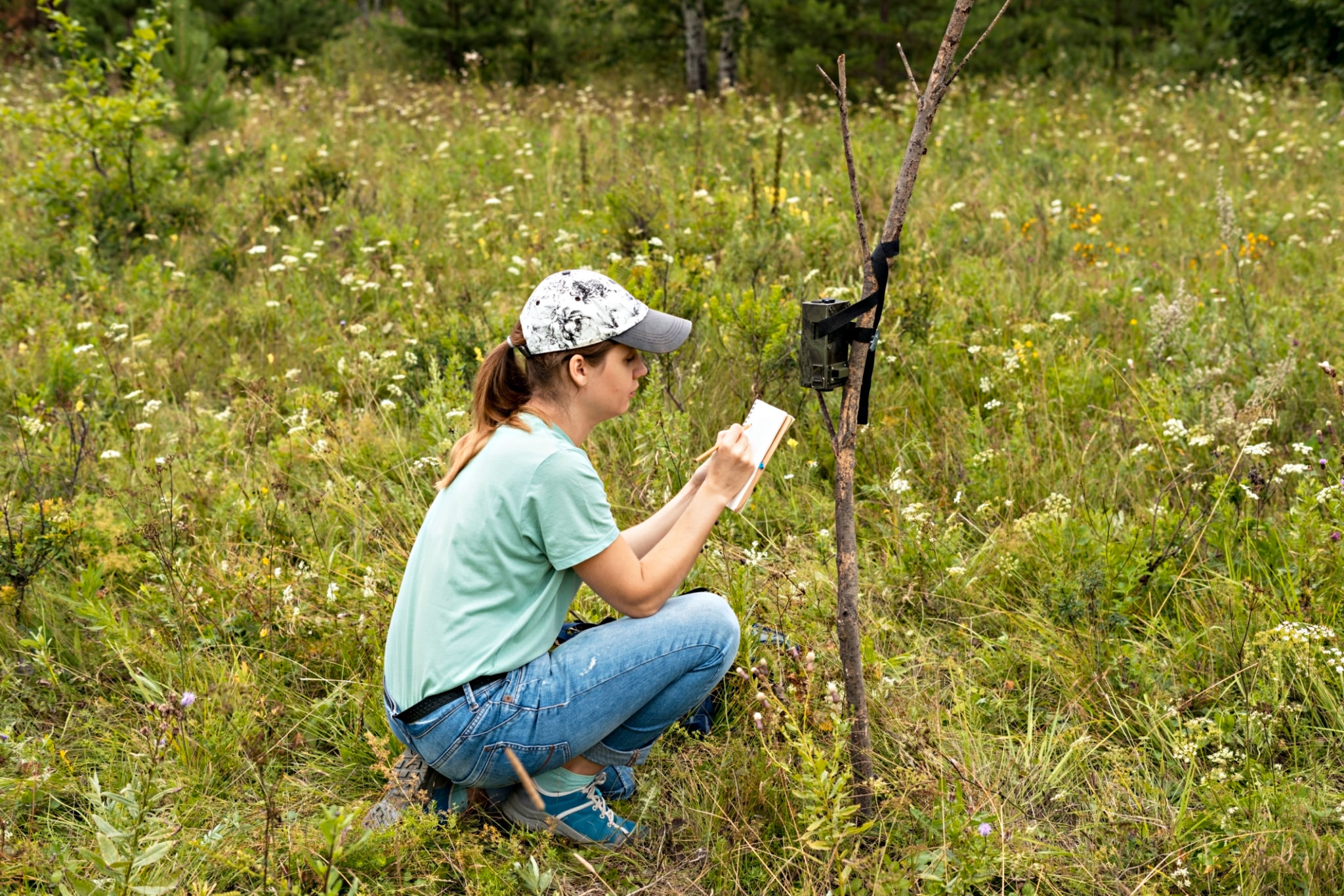How to Apply for Wildlife Conservation Grants: A Step-by-Step Guide
Applying for wildlife conservation grants can be a complex process, but with the right approach, it becomes manageable and rewarding. Securing funding is crucial for any conservation project aiming to protect biodiversity and natural habitats. In this guide, we'll walk you through a step-by-step process to apply for these grants effectively.
Understand the Requirements
Research Potential Grants
Before applying, it's essential to research and identify suitable grants that align with your project's goals. Look for grants offered by government agencies, non-profit organizations, and private foundations. Each grant will have specific criteria and objectives, so make sure your project fits their requirements. Utilize online databases and conservation networks to streamline your search.
Review Eligibility Criteria
Once you've identified potential grants, the next step is to thoroughly review their eligibility criteria. This may include geographic location, type of conservation project, and the status of your organization. Ensure that your project meets these criteria before proceeding with the application.

Prepare Your Application
Gather Necessary Documentation
Most grant applications require detailed documentation to support your project proposal. This may include a project description, objectives, timelines, budget estimates, and CVs of key team members. Organize these documents carefully to present a clear and compelling case to funders.
Draft a Compelling Proposal
Your proposal is the heart of your application. Start with a strong introduction outlining the importance of your project and its potential impact on wildlife conservation. Clearly define your goals, methodology, and expected outcomes. Use data and case studies to strengthen your argument and demonstrate feasibility.

Submit Your Application
Follow Submission Guidelines
Each grant will have its own submission guidelines regarding format, deadlines, and supplementary materials. Adhere strictly to these guidelines to avoid disqualification. Pay attention to details like word count limits, file formats, and required forms.
Proofread and Revise
Before submitting your application, ensure it is free of errors and clearly communicates your project's vision. Have team members or colleagues review the application for clarity and coherence. Make necessary revisions to enhance the overall quality of your submission.

After Submission
Follow Up
Post-submission, it's important to follow up with the funding organization. This demonstrates enthusiasm and commitment to your project. If possible, request feedback on your application, which can be invaluable for future submissions.
Prepare for Next Steps
If successful, prepare for the next steps in project implementation and fund management according to the grant's terms. If your application is not successful, use the feedback received to refine future applications. Persistence is key in the competitive world of grant applications.
By following these steps and maintaining a proactive approach, you can enhance your chances of securing funding for your wildlife conservation projects. Good luck!